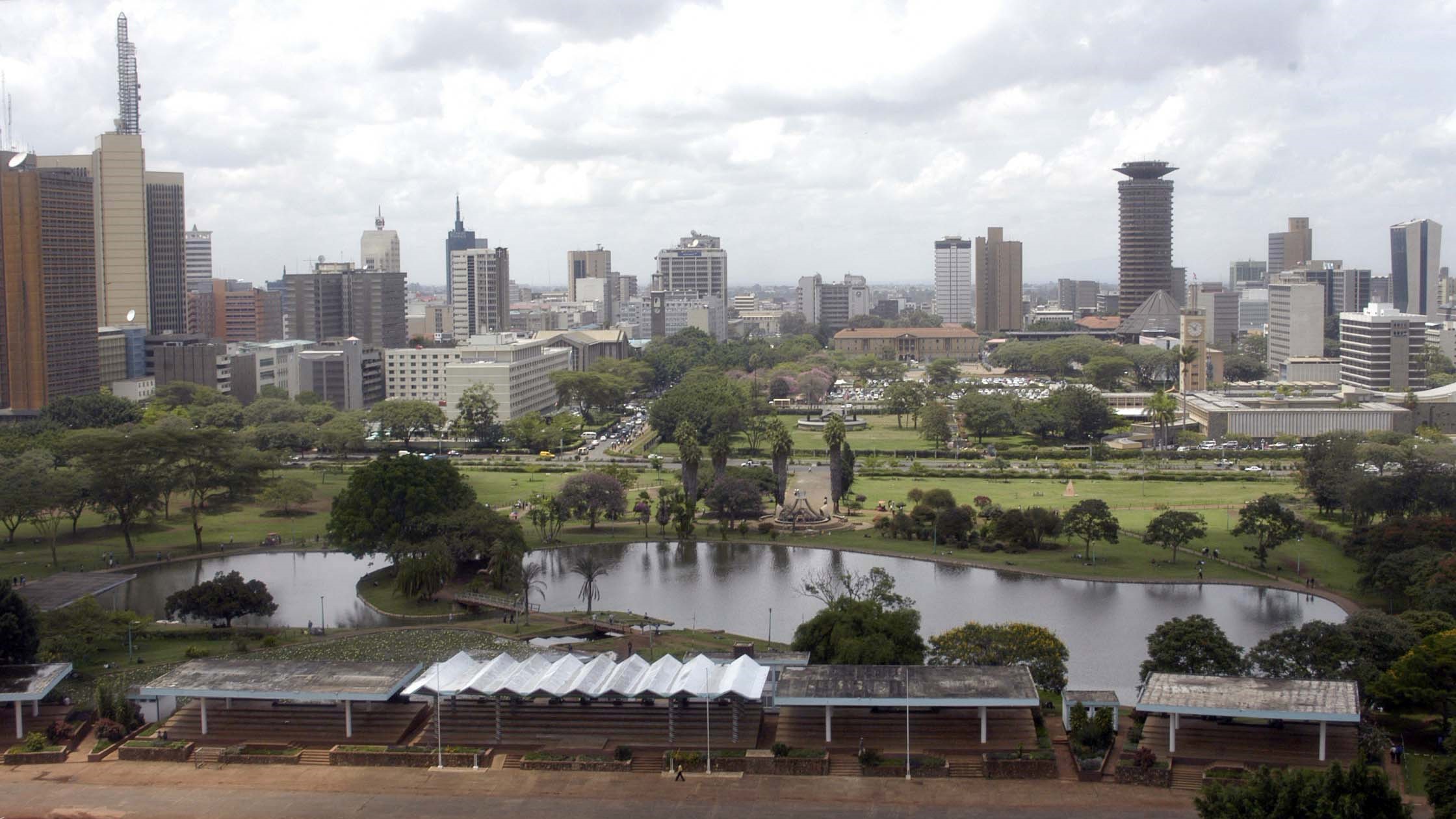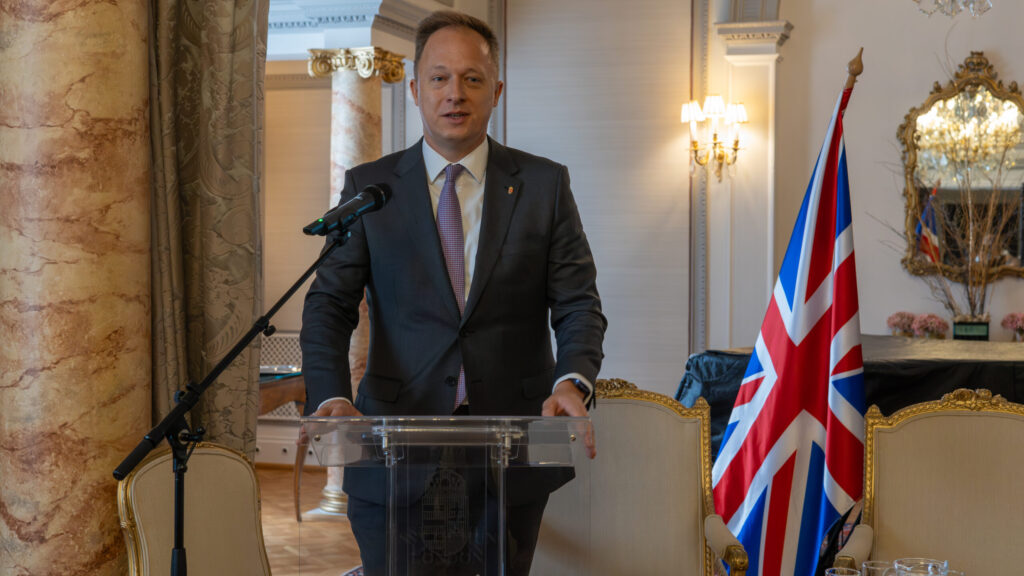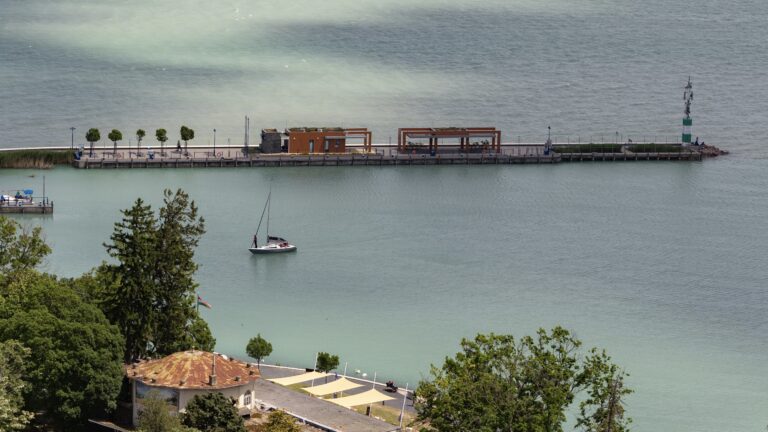Kenya’s economic development over recent decades has been remarkable, particularly in terms of stable growth, rising wages, and demographic trends. Although it still faces numerous challenges, the country has made impressive progress in several areas, making it stand out on the African continent. But what message does this convey to us in the West?
First, let us clarify two points: we are talking about East Africa, an incredibly poor region characterized by stark inequalities. Kenya’s economy and development will definitely not be snapping at our heels in ten years’ time. Nevertheless, when you visit Nairobi or Mombasa, the reality is striking. This is not the Africa we remember from the television when we were children. Skyscrapers, highways, and sleek modern Japanese cars are everywhere. The wages in cities are comparable to those in Eastern Europe or the Balkans; there is safety, and we now see a country that has successfully forged its own path.
As one of the increasing number of Central Europeans vacationing in Kenya (almost exclusively Hungarian and Polish), I visited the country in September. In this article I will summarize my experiencesin the hope of offering Western readers a fresh perspective on the country.
From Safaris to Britam Tower
Since the 1990s Kenya’s economy has grown at an average annual rate of 5–6 per cent. This growth has been driven by infrastructure development, agricultural modernization, and the expansion of the service sector, particularly information technology. The Kenyan government has actively promoted the growth of the technology sector that has become known as the ‘Silicon Savannah’. Nairobi, in particular, has emerged as a key regional technology hub. In 2022 Kenya ranked 61st globally, 1st in Eastern Africa, and 2nd in Africa in terms of the level of development of its startup ecosystem, while the city of Nairobi ranked first in Eastern Africa and second in Africa. Nairobi also ranked in the top 100 globally for Foodtech, Transportation Technology, and Energy & Environment Technology.
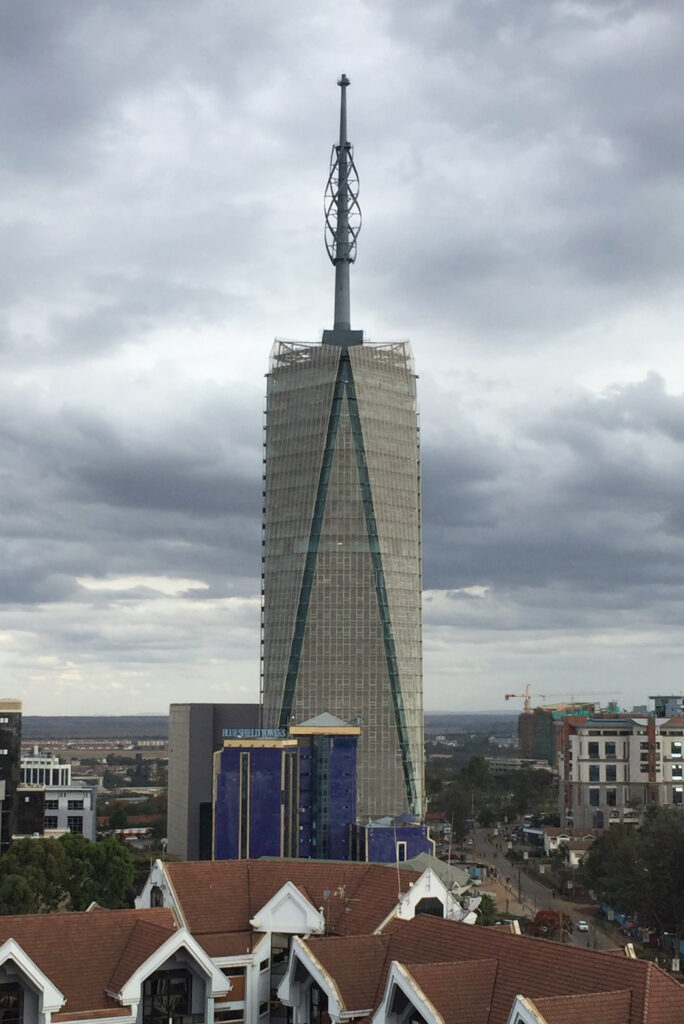
Wage Growth and Living Standards
The economic growth has resulted in steadily rising wages, especially in urban areas and the service sector. This wage increase has contributed to improved living standards. While income inequality remains significant, the middle class is expanding, leading to increased domestic consumption.
The Kenyan government has also implemented social programmes aimed at reducing poverty and improving healthcare and educational services. As a result, access to basic services has significantly improved, further enhancing the population’s quality of life.
Successful Family Planning Measures
One of Kenya’s most significant demographic successes has been the reduction in birth rates. In the 1980s the average fertility rate was over eight children per woman, but today it has fallen to around three. This is partly due to family planning programmes, improved education, and the increasing participation of women in the workforce. The slowdown in population growth allows economic growth to keep pace with demographic changes, increasing per capita GDP.
Future Economic Outlook
Kenya aims to become a middle-income country by 2030, a goal set out in the government’s Vision 2030 strategy. Achieving this will require further economic diversification, infrastructure development, and investment in human capital.
While Kenya’s economic growth and living standards are on an upward trajectory, the country still faces serious challenges. Unemployment, particularly among the youth, remains high, and income inequality is still pronounced. Climate change is another significant challenge for the agricultural sector, which employs a large portion of the workforce.
Nevertheless, Kenya’s future is promising, especially if it can continue economic reforms and address inequality alongside growth. Per capita GDP and living standards are expected to continue rising, particularly if further progress is made in education, technology, and sustainability.
Kenya will overtake Angola to become the fourth largest economy in sub-Saharan Africa this year, behind South Africa, Nigeria, and Ethiopia, a forecast by the International Monetary Fund (IMF) in April 2024 said. The forecast sees Kenya maintaining that position until the end of 2029.
But to put all this in context, let’s compare some basic statistics reported in Kenya with those recorded in Hungary, a European country that is definitely not among the richest on the continent.
Wages in Hungary, measured in US dollars, are significantly higher than in Kenya, and this gap is likely to persist over the next decade. The 2023 average monthly wage in Kenya’s urban areas was between 300 and 400 USD. If the economy continues to grow, wages could reach 500–600 USD by 2033. In Hungary in the same year the average gross monthly wage was around 1,400–1,500 USD, a considerable difference from Kenya. Although Hungary’s economic growth is slower than Kenya’s, accounting for inflation and productivity, the average gross monthly wage could rise to around 2,000–2,500 USD in ten years.
In terms of GDP per capita adjusted for purchasing power parity (PPP), in 2023, the Kenyan figure was between 4,500 and 5,000 USD. This could reach 7,000–8,000 USD by 2033, a substantial improvement but still far behind Hungary. In the same year Hungary’s GDP (PPP) per capita was around 35,000 USD. This figure is expected to rise to 40,000–45,000 USD in the next decade.
This shows that the African continent still lags behind the Minority World with regard to the economy.
Hakuna Matata
While the differences are vast, albeit shrinking, when you are there, you do not feel the gap as acutely. Perhaps the most striking aspect of Kenya is its contrasts. Many do not realize that Kenya boasts a stunning, thousand-kilometre palm-fringed coastline, of which I visited the southern stretch, just beyond the major port city of Mombasa.
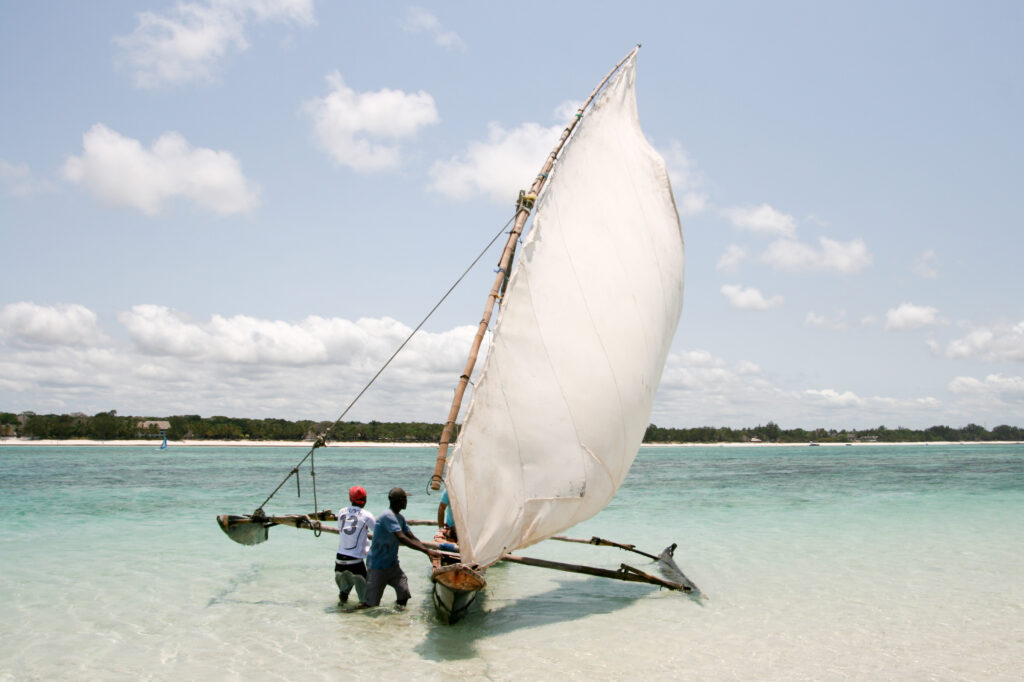
To my surprise, there were hardly any Western tourists. There were plenty of tourists, but they were primarily domestic! I had never seen anything like this in other African destinations. This shows how much the Kenyan urban middle and upper classes can afford to live a European-style life. They stay in hotels, dine with their families at beachside restaurants, or enjoy themselves with friends (in one hotel, they were ordering whiskey at a rate that would have emptied a German’s wallet, but not theirs!). It was impressive to witness this, all while upholding the values of decorum and politeness that seem long lost in the West. We were not harassed or scammed, and my fiancée always felt completely safe. Even the Kenyan men, who rarely see European women, were respectful, and did not stare. They are deeply religious people; school uniforms are worn in British tradition, and kindness is everywhere—no one passes by without a smile and a cheerful ‘Jambo!’.
In this civilized world, however, I was also shocked by the stark realities when poor people asked me for a half-used bar of soap or worn-out clothing. I gladly gave them what I could, but the class divide in the global South hit me hard.
Kenya’s approach to religious diversity is equally remarkable. It is a deeply Christian country, yet the coastal region, like much of East Africa, is mixed, even Muslim-majority in some areas. Despite this, there is an almost unique religious harmony. Mosques and churches coexist peacefully, and schoolgirls, whether in hijab or not, walk to school together as friends.
This might be something for some Western European societies to reflect on. A country that maintains peace between the Muslim and Christian worlds does so not by distancing itself from its faith but by fiercely preserving its Christianity. A good example of this is the biblical quotes I received via SMS on the Kenyan SIM card I purchased as a tourist. Imagine that in the West today—an SMS from the state with Bible verses!
Kenya, therefore, is a fascinating country—much more than a safari destination, and it is destined to be even more in the future.
Related articles:

